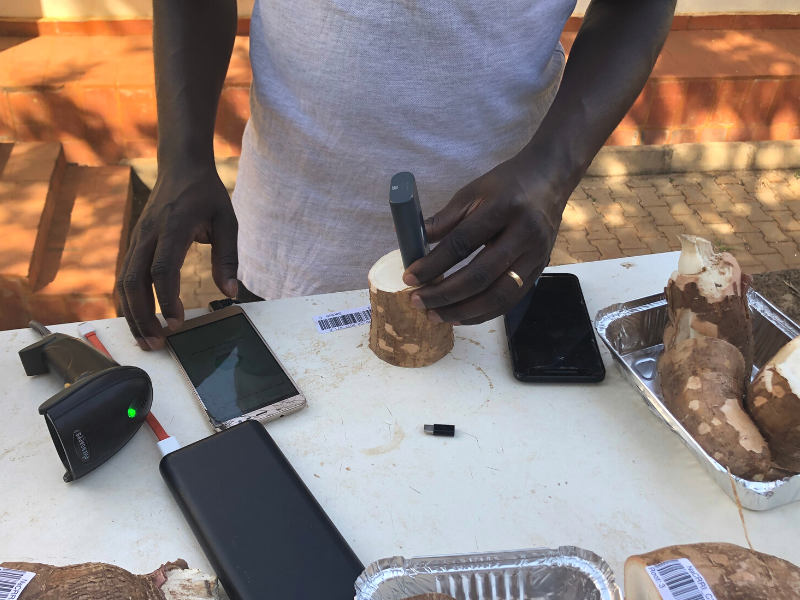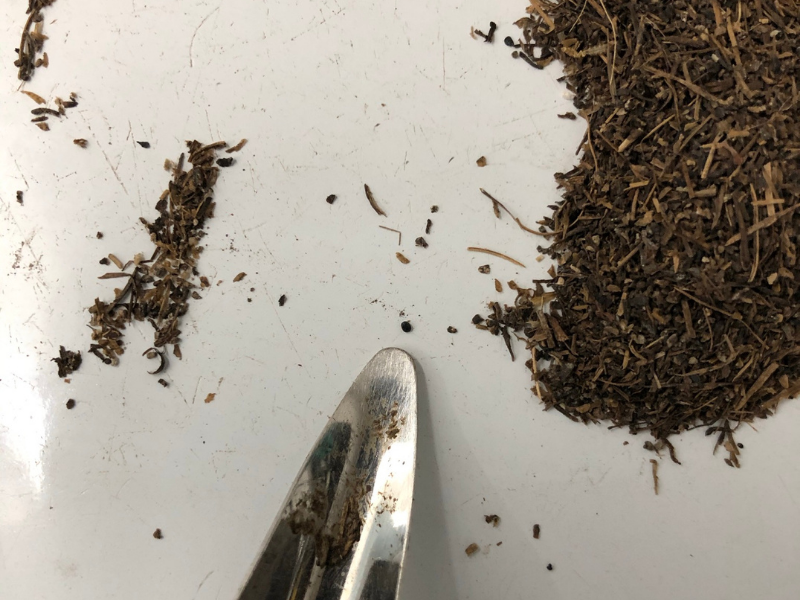Science News

Winter grazing is part of what is called an integrated crop-livestock system. It is a process where livestock, such as cattle or goats, are allowed to graze a crop field during the winter. It is more common in climates with mild winters. Rather than eating the cash crop the farmer sells, the livestock eat the cover crop that was planted to grow over the winter.

Fields of amber grain may be the poetic image of American farmland. And it’s true that the U.S. grows plenty of wheat. But fields of yellow grain – corn – may be more accurate.

Most Americans wake up to coffee every morning. In fact, the National Coffee Association says that 70% of Americans drink coffee every week (62% drink it every day!)

Crop breeders are always looking for ways to improve a crop. They know that even small differences in quality and quantity can mean big differences in profits for farmers. So, making the breeding process faster and cheaper makes it more likely they will have success.

Considered to be the most widely consumed drink in the world, tea comes in many varieties. One of these includes honeybush tea, which is made from the leaves of the honeybush plant. It has a honey-like flavor and aroma. Although it is a less well-known variety than its more famous cousin – rooibos – honeybush tea is naturally low in sugar, caffeine-free, and has several other potential health benefits.

The Chesapeake Bay once produced tens of millions of bushels of oysters a year. Today, the oyster harvest is below one percent of these historic highs.

Lupin is a well-known garden flower, and is an important part of a healthy habitat. Lupin grows rapidly and puts nutrients back into the soil. (Lupin is commonly referred to as “lupine” for those familiar with this plant.)


Many urban gardeners know that adding ingredients like compost and mulch to their soil has great benefits. But it can be difficult to know what to add and why. Researchers at Purdue University gathered scientific evidence about one specific soil addition, leaf mold compost, and how it benefits tomato plants.

Underneath the surface, plant roots are hard at work. Roots, of course, are how plants get water and minerals from the soil. But digging into how different root systems affect crop yields has been challenging for researchers.

Not that long ago, weeds spread at a much slower rate. Seeds would spread to nearby soil and move perhaps a few feet each year or would be transplanted by birds who flew with them several miles away. In today’s interconnected world, though, weeds can hitch a ride on a truck, boat, or even an airplane. What once might’ve taken generations to spread weeds from one region to another now takes no time at all.
